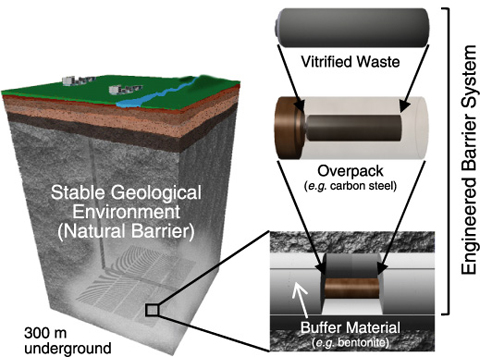
Fig.2-1 Basic concept of geological disposal of HLW in Japan
Fig.2-2 JAEA’ s R&D activities
In essence, geological disposal aims to isolate high-level radioactive waste (HLW), which is produced in nuclear power generation, from human environments for a long time. In Japan, spent fuel from power reactors is reprocessed to extract re-useable uranium and plutonium for power generation purposes. The liquids separated from the spent fuel during chemical reprocessing are solidified into a stable glass form. In the Japanese concept, vitrified wastes are encapsulated in a thick steel overpack, which is surrounded by highly compacted bentonite and then placed in a stable geological environment at a depth below 300 m (Fig.2-1).
Geological disposal of HLW will be a long-term project covering more than one hundred years from site selection to repository construction and operation, followed by post-closure monitoring. To launch the repository operation by the Nuclear Waste Management Organization of Japan (NUMO) in the late 2030s, selection of a site for the repository is a critical issue to be solved urgently. It is thus of much significance to proceed with the project efficaciously, as a national responsibility, by continuously reinforcing the technical base and, more importantly, enhancing public confidence. To this end, we have made, and will continue to make, steady progress in research and development (R&D) in various fields, such as geoscientific research, engineering technology and safety assessment, to improve the technology and reliability of geological disposal in Japan. Our efforts also concentrate on promoting public understanding through disseminating relevant information and opening our R&D facilities to the public.
A particular focus of our R&D at present involves projects at two underground research laboratories (URLs), one at Mizunami in crystalline rock and the other at Horonobe in sedimentary formations (Fig.2-2), with the main aim of establishing techniques for investigating if the geological environment provides a suitable environment for installing the engineered barrier system and if it functions as a natural barrier. In March 2010, shaft excavation reached depths of 460 m at Mizunami and 250 m at Horonobe and some research galleries were made available for use. Multidisciplinary investigations are actively ongoing, as the reliability of a variety of investigation techniques should be tested and appreciate our R&D activities. In addition, studies on tectonics, volcanic and faulting activities and so on have been progressing in order to evaluate the long-term stability of geological environments in Japan.
In parallel with such geoscientific research, we are conducting an extensive laboratory programme at the Tokai R&D Center to improve geological disposal technology. Studies have been carried out over a wide range, such as performance assessment of multi-barrier systems and experiments on engineered barrier systems and on the long-term chemical and migration behaviour of radionuclides under actual geological conditions. These studies are linked with the geological environment data obtained from both URLs. In 2009, a methodology for evaluating coupled thermo-hydro-mechanical-chemical processes in the tunnel near-field environment was established and a database for radionuclide sorption/diffusion was improved.
Based on such R&D activities, we have been working intensively on the development of a next generation knowledge management system (KMS) to systematically manage multiple lines of evidence and the R&D results relevant to safety in the form of a knowledge base. In March 2010, a prototype KMS was made publicly available as a website (https://www.jaea.go.jp/04/tisou/english/index/e-index.html).